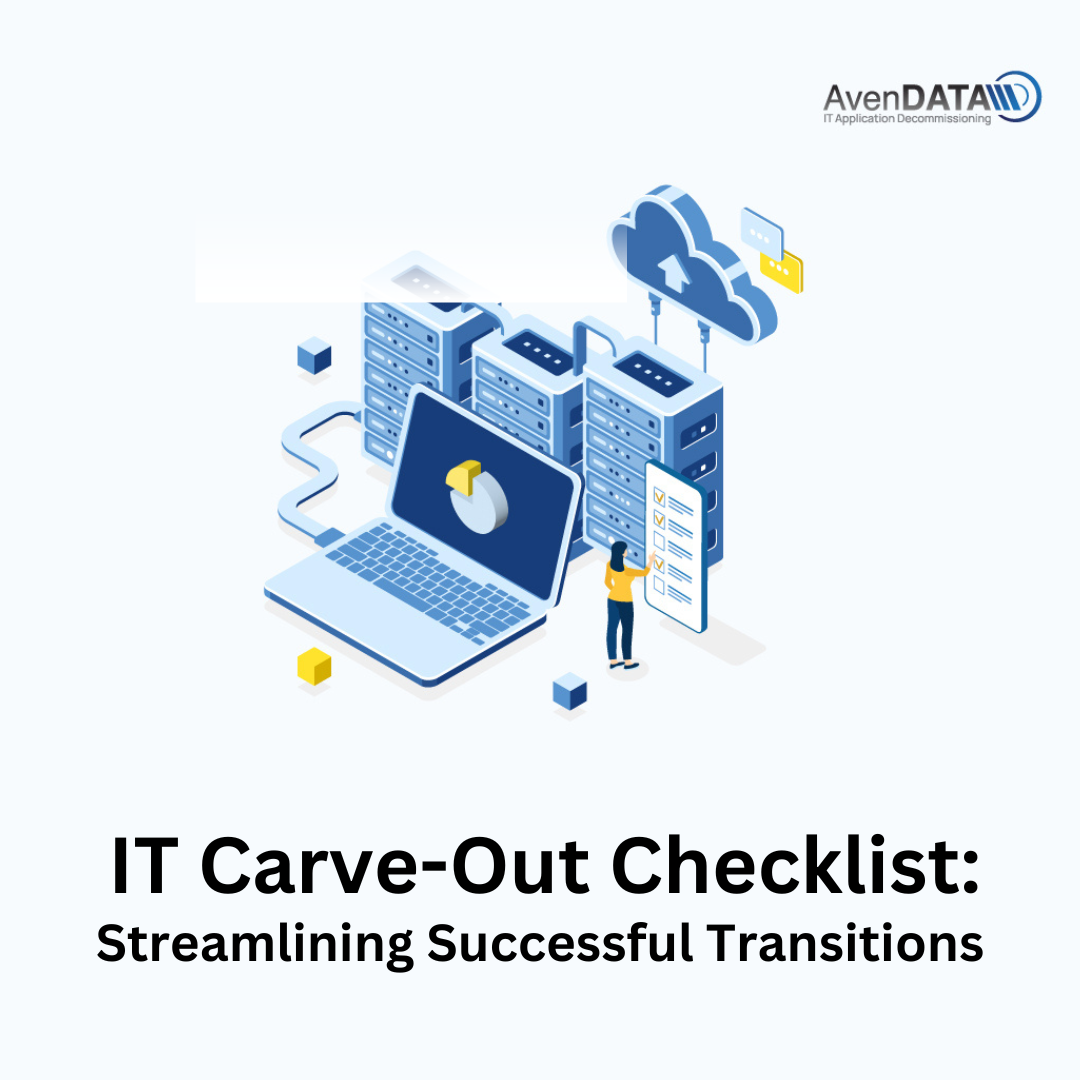Mergers and acquisitions (M&A) are pivotal for business growth, often involving the acquisition of companies offering similar products or services. Another strategy is acquiring a unit or division from another company through a divestiture. This process, known as a carve-out, involves partially divesting a business unit, subsidiary, or division while the parent company retains equity and shares in the profits. Here’s a detailed roadmap to understand and navigate successful carve-out projects.
Understanding Carve-Outs
A carve-out is a strategic decision to divest part of a business while retaining some level of control. This allows the parent company to benefit from the profits of the divested unit while addressing strategic goals. Let’s explore the reasons, types, and benefits of carve-outs.
Reasons for a Carve-Out
Several factors make carve-outs an attractive strategy:
· Capitalization from Divestment: When a unit is not part of the core business or underperforming, a carve-out allows the parent company to retain equity and continue earning profits.
· Stability for the New Entity: The new company can stabilize before being fully exposed to competitive markets.
· Creation of New Shareholders: Shares in the subsidiary may be sold to the public, creating a new shareholder base.
· Capital Gains Savings: Compared to a full sale or an IPO, carve-outs can result in savings on capital gains taxes.
Types of Carve-Outs
Carve-outs generally fall into two categories:
1. Equity Carve-Out
· Description: Involves selling ownership shares in the subsidiary, providing immediate cash flow.
· Used By:
· Companies needing immediate cash for operations but planning complete divestiture later.
· Companies unable to find a single buyer for the entire unit.
· Companies wishing to retain some control over the subsidiary.
2. Spin-Off
· Description: The divested unit becomes an independent business, with its own shareholders and management. The parent company may retain some shares.
· Used By:
· Companies looking to create a separate entity without selling ownership to a third party.
How Carve-Outs Work
A carve-out separates a subsidiary or division from its parent company while ensuring that the parent retains control, equity, and profit-sharing. This involves selling some equity in the divested unit to outside investors.
Benefits of Carve-Outs in M&A
Considering a carve-out during M&A offers significant advantages:
· Operational Efficiency: The acquiring company benefits from the existing infrastructure and workforce of the divested unit.
· Capability Enhancement: The acquisition of a functioning unit adds to the acquirer’s capacity.
· Support During Transition: The parent company continues to support operations during the transition, facilitating smoother integration with the acquiring company’s infrastructure.
IT and Data Carve-Outs
A critical aspect of carve-outs is the IT carve-out, which involves separating data, software licenses, and other IT assets. This process is essential for ensuring that the new entity can operate independently while maintaining continuity and compliance.
Advantages of Carve-Outs
Carve-outs offer numerous benefits:
· Capitalization and Retained Control: Allows the parent company to capitalize on non-core divisions while retaining control and profit-sharing.
· Competitive Advantage: By retaining control, the parent company ensures that competitors do not gain an undue advantage.
· Stability: Provides a transition period during which the parent company supports the new entity, ensuring stability.
· Tax Savings: Potential savings in capital gains taxes compared to outright sales or IPOs.
Conclusion
Carve-outs provide substantial advantages, including retained equity, control, and profit-sharing for the seller, while offering the buyer a functioning unit with existing infrastructure and support. When executed effectively, carve-outs can significantly contribute to the success of M&A activities, providing a strategic pathway for corporate growth.
AvenDATA, as a legacy systems archiving expert, understands the complexities involved in carve-outs and offers tailored solutions to ensure seamless transitions and successful outcomes. Whether it's managing data migrations or ensuring compliance, AvenDATA is your trusted partner in navigating the intricacies of carve-out projects.






Comments